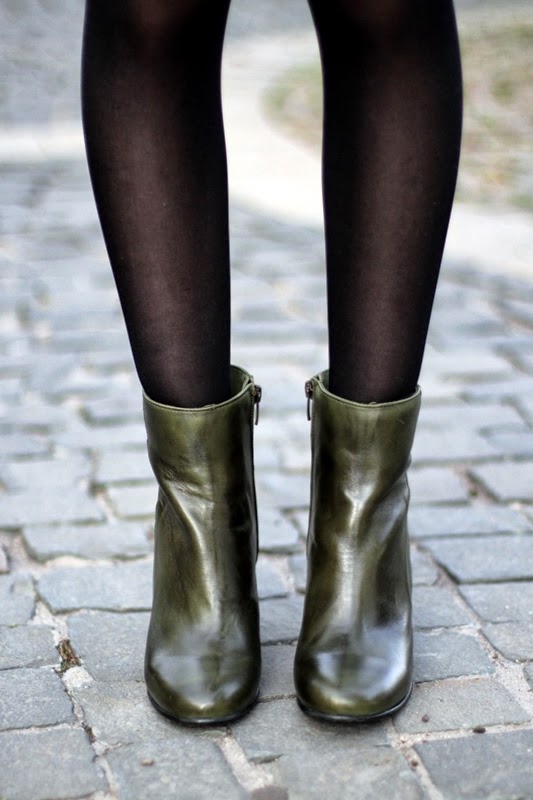

My research and others’ have shown that at each step of its popularity various authorities have worked to corral and stop certain cyclists. Given this revolutionary potential, those in power often attempted to stop people riding bicycles. The bicycle, then, was viewed and celebrated as a radical technology that undermined Victorian class and gendered order. The mass popularity of the bicycle is also credited with ‘rationalizing’ women’s clothing, as women abandoned their skirts, corsets, and dresses in favour of bloomers to pedal in. This, before the advent of the bicycle, was denied her’.
#BEYOND HELLO UNIVERSITY CITY FREE#
Many women in Britain would have agreed with the Minneapolis Tribune when it noted: ‘A woman awheel is an independent creature, free to go whither she will. The bicycle transformed the everyday lives of women. In 1895 in Tamworth, 4,255 cyclists passed through the city on the August Bank Holiday. Beyond the dictates of revolution, less radically inclined cyclists could be found in the thousands. In Birmingham, a socialist organization established its own bicycle club, the National Clarion Cycling Club, which is still active today. The ‘poor man’s horse’ liberated the working class and clubs quickly formed to travel out of the industrial city to the fresh air of the countryside. By 1898, even the Methodist Bishop of Coventry could be found cycling around his parish. Bicycles quickly became a part of the fabric of urban life with hundreds of thousands sold each year. Initially taken up by the upper classes, by the mid-1890s the middle and working class were saving every penny to purchase a bicycle. The social changes ushered in by the safety bicycle were dramatic and swift. Dr Nathan Cardon - University of Birmingham As late as 1927, the region remained the centre of the industry with Birmingham-based Hercules Cycles employing directly or indirectly 25,000 people and producing 30,000 bicycles a week in its 11-acre factory in Aston. and Hercules in Birmingham expanded rapidly becoming major players in the global market. Throughout the 1890s and into the first half of the 20 th century, Rover, and Triumph in Coventry and B.S.A. The West Midlands was at the centre of this transformation. The subsequent bicycle boom introduced a revolution in personal mobility. By 1894, Dunlop had moved his operation to Birmingham to be closer to the bicycle industry. When the Irish veterinarian John Dunlop rediscovered the pneumatic tyre in 1888, the safety bicycle became accessible to almost everyone.

John Kemp Starley’s 1885 Rover Safety Bicycle is widely considered to be the first successful modern bicycle. As ‘ Bike Week’ turns 100, now is a good time to reassess cycling’s past and future in Birmingham and beyond. By the 1890s, the Birmingham-Coventry axis was the beating heart of the first global bicycle age. The design of the modern bicycle-diamond frame, wheels of equal size-emerged in Coventry in the 1880s and quickly replaced the ‘high-wheeler’ or ‘penny-farthing’. Before Birmingham was the nation’s ‘motor city’ it was a ‘cycling city’.


 0 kommentar(er)
0 kommentar(er)
